The gaming industry is set to undergo a transformative change with the introduction of Web3 gaming. This innovative concept aims to redefine the roles within the gaming ecosystem and enhance collaboration between developers and the gaming community. Unlike the traditional model dominated by large monopolies, Web3 gaming offers new building blocks for builders, paving the way for innovative ways of creating and experiencing games. Players are no longer passive consumers but active contributors in this emerging ecosystem, fostering inclusivity and valuing all stakeholders.
The transition to Web3 gaming is propelled by the “Play And Earn” model, which entices players with tangible rewards while empowering them with absolute control over their assets and data within the game. Through the power of blockchain technology, players bid farewell to centralized entities that previously owned and controlled their data and in-game assets. This shift towards decentralized governance and a trustless environment ensures transparency and security for players in their gaming experiences.
“True” Data Ownership
Central to the Web3 gaming experience is the “True” Data Ownership concept, facilitated by using fungible tokens and non-fungible tokens (NFTs) in tokenomics. NFTs grant players ownership of in-game assets, characters, skins, and other virtual items, each possessing unique properties and attributes to signify ownership of rare or valuable virtual items. Players now have a digital self-recorded in the blockchain, ensuring the safeguarding of their assets even if traditional game databases cease to exist.
NFTs enable secure buying, selling, and transferring ownership, governed by smart contracts defining rules and behaviors in the Web3 gaming landscape. Additionally, fungible tokens representing in-game currencies allow players to earn real value for their time and effort, imbuing every interaction within the game universe with value. Tokenomics in Web3 not only allows players to own a share of the game’s success but also empowers them to control their data and digital history, enhancing interoperability between games and platforms.
Practical Interoperability
Interoperability in Web3 gaming allows players to transfer their assets, identities, and achievements seamlessly between different games on the blockchain. This connectivity enhances player retention and satisfaction, fostering a more interconnected and immersive gaming environment. Direct engagement with developers is facilitated through interoperability, enabling personalized experiences based on players’ behaviors and preferences, ultimately leading to better monetization and player experiences in games.
Gameplay to Gold
The blockchain serves as a transparent and decentralized method of storing player data in a Web3 gaming ecosystem, granting players control over their data while allowing them to monetize it through developers’ access. Developers can leverage this rich data source to enhance user acquisition tactics and design in-game incentives that resonate more deeply with players. The Play and Earn model, a balance between financial incentives and gameplay experience, supports a sustainable gaming ecosystem focused on fun gameplay and rewards for players.
The Future is Player-Driven
As the gaming industry shifts towards Web3 and NFTs, players embrace a player-centric economy that incentivizes engagement and ownership of in-game assets. The shift towards true ownership and influence empowers players to shape the future of gaming, generating revenue through the creation, sale, and trade of NFTs in the creator marketplace. This player-centric ecosystem, long overdue, marks a significant step towards transparency, fairness, and shared success in the gaming industry. Armed with control over their data and influence, players now have the power to decide, influence, and earn in the dynamic world of Web3 gaming.


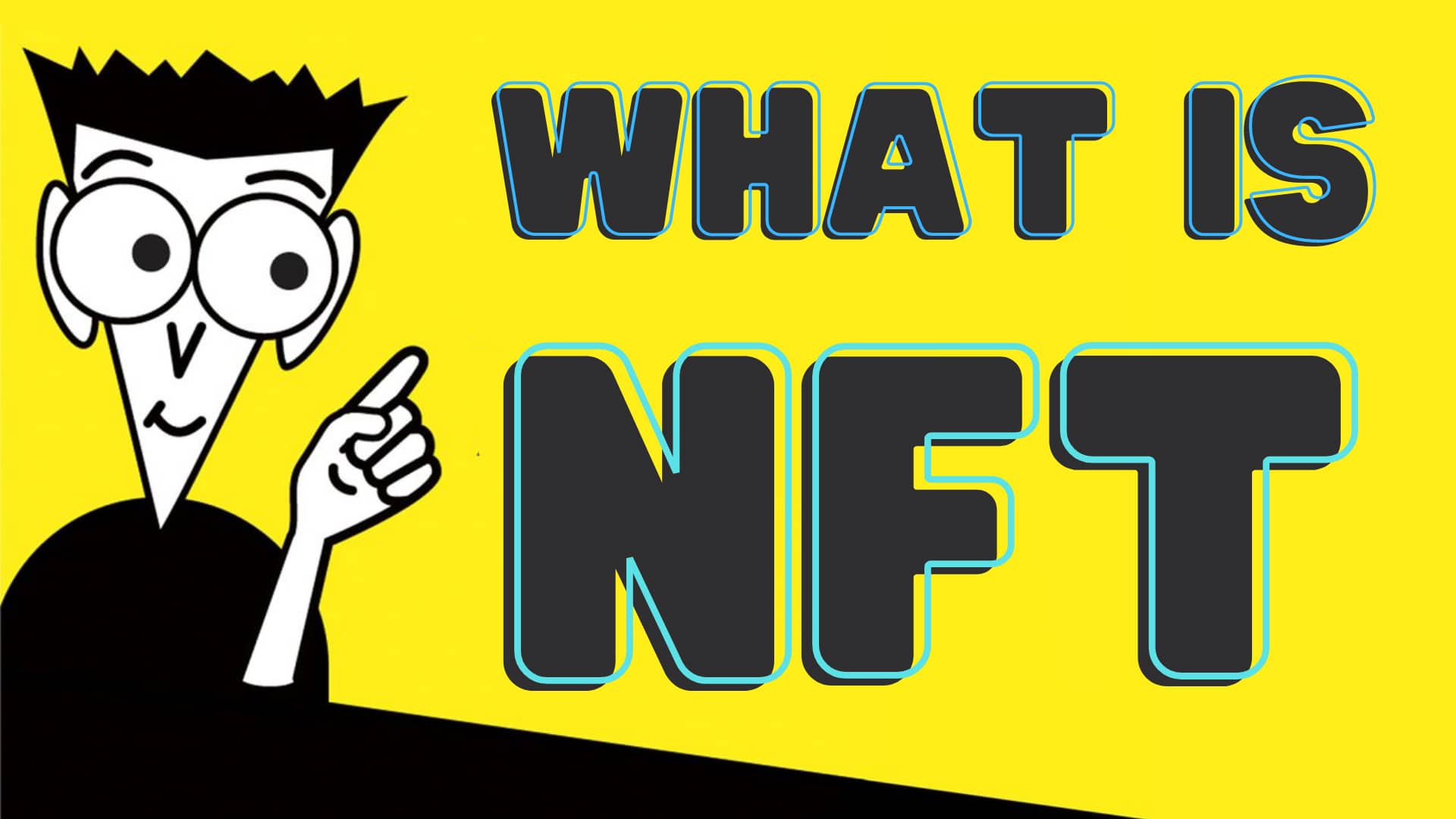
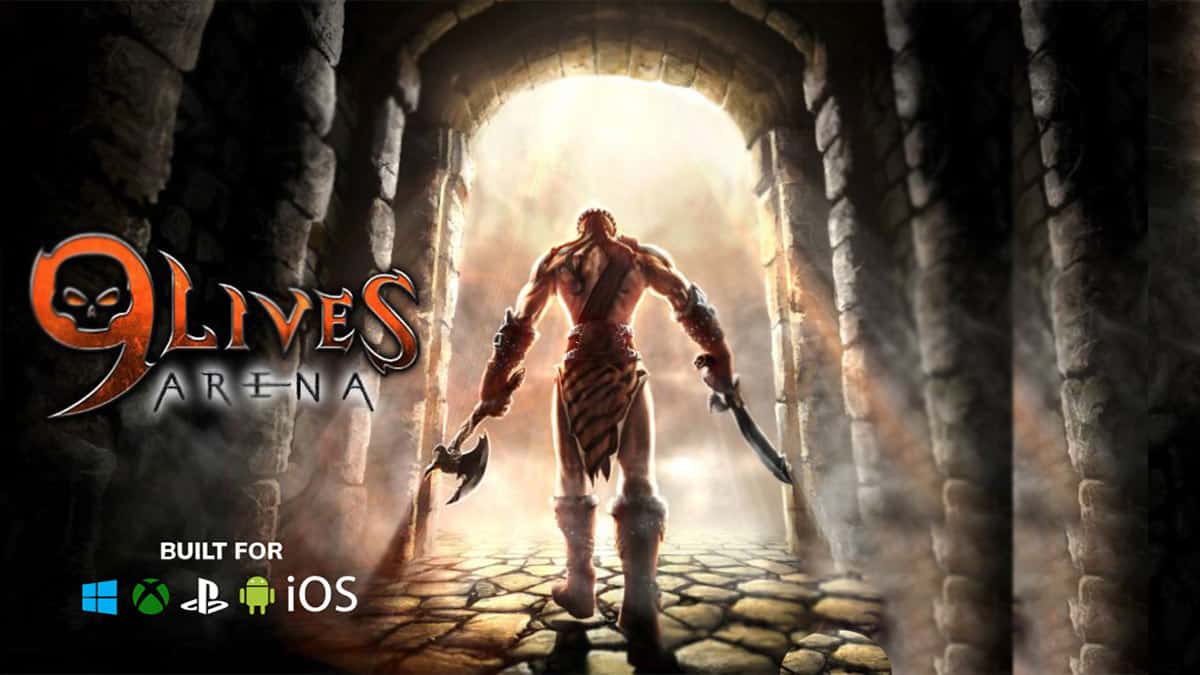
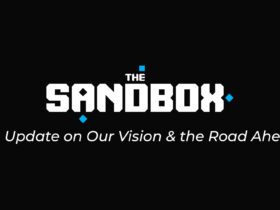

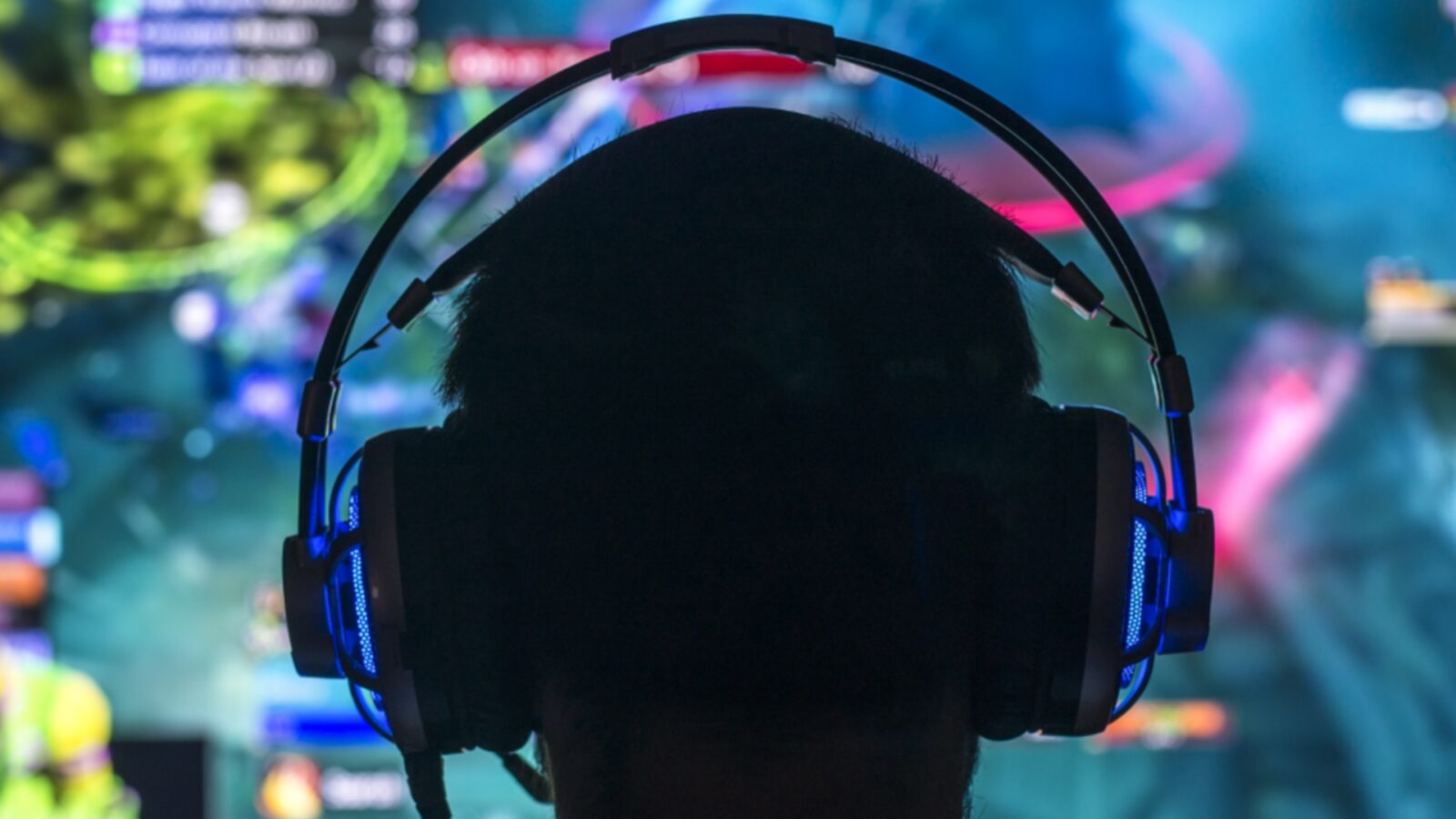
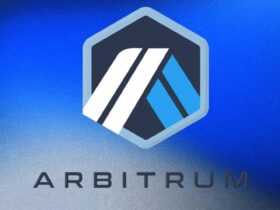


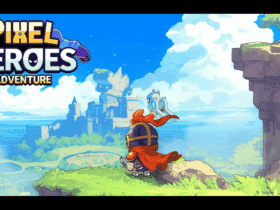

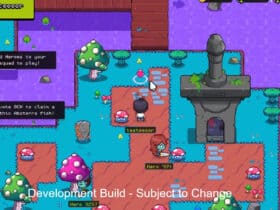
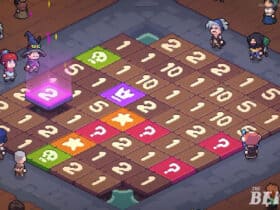


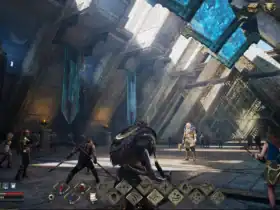



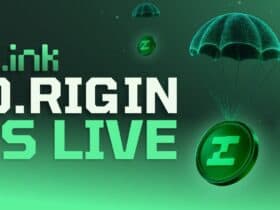
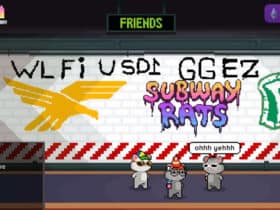

STAY ALWAYS UP TO DATE